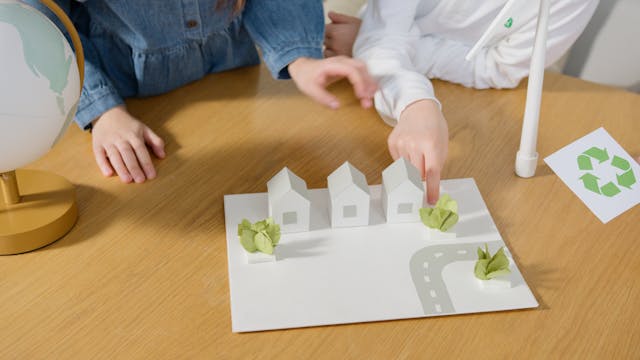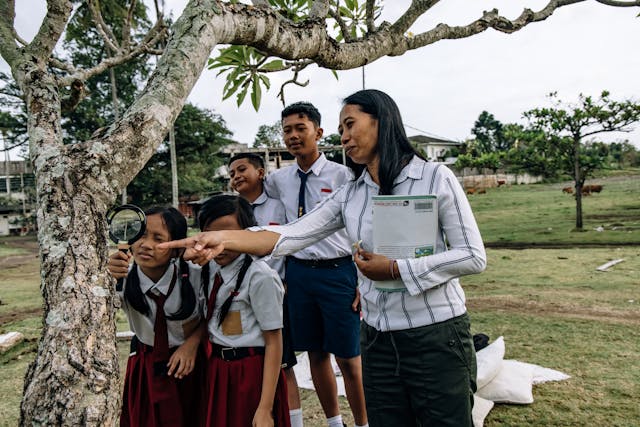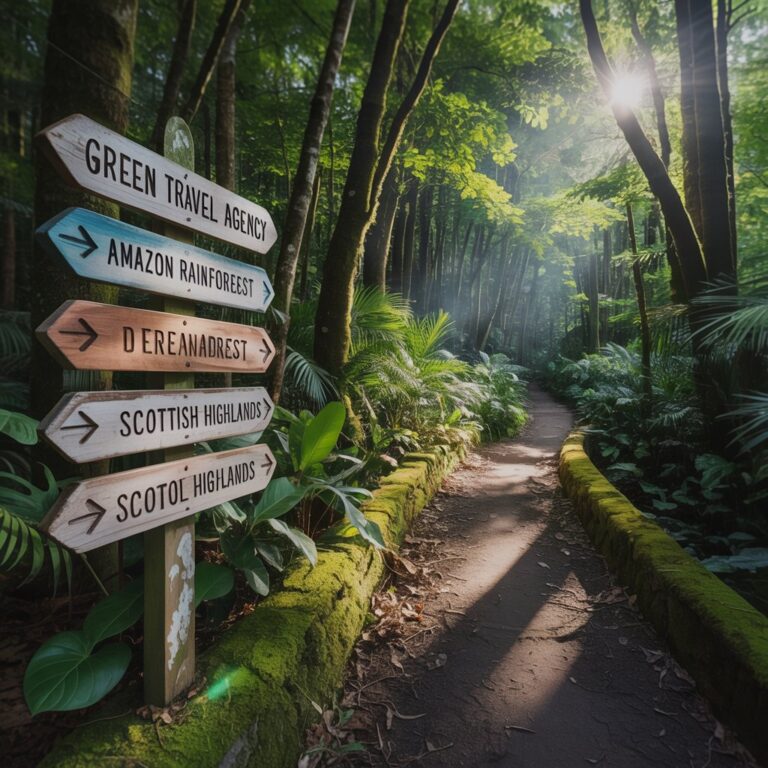Students ask why green studies matter besides math, literature and history. The answer lies in how the Earth supports every part of daily life. Air fills our lungs, food reaches our plates and water keeps our bodies strong. Learning that fragile balance early on helps build habits that last. Many learners are looking for environmental topics to write about in class and real life is all around them. That simple search reveals a big field with many paths and themes. Each path leads back to one clear lesson about shared health. Strong ecosystems support strong towns, families and steady local economies over time. Green learning builds curiosity, careful thinking and a real sense of responsibility. It also links small daily choices to big global issues like climate change. Lessons based on everyday moments make complex ideas clear and easier to understand. This approach sets a strong foundation for deeper learning across future years.
What is Environmental Education
Environmental education goes beyond naming rare animals or listing fragile plants. It’s a way to see connections between science, society and personal behaviour. In 7th grade students might track the weather in their neighbourhood for a whole month. They may then discuss how rising temperatures affect gardens, trees and local parks. Older learners compare those numbers to other regions and test new ideas. Practical tasks show why the environment matters and turn distant facts into life. This subject also combines many subjects into one clear and useful path. Math helps graph rainfall; writing shapes essays that argue for careful use. Civics shows how rules, votes and budgets impact streams, parks and farms. By weaving classes together teachers connect science, duty and daily care. Green learning becomes a steady compass for choices in changing times.
The Importance of the Environment
Some people toss trash or leave lights on without a second thought. Life depends on clean air, safe water, and fertile soil each day. Healthy systems also give quiet help that few people notice until it’s gone. Trees shade streets and cut summer power costs without any loud praise. Wetlands soften storm surges and help shield homes from heavy floods. Bees spread pollen that supports a large share of the food supply. When systems fail, bills rise for families, firms, and public offices. Why is environmental science important becomes clear when a class tests a stream and finds nitrate levels far too high. Textbook pages become facts outside the door with clear, direct links. Farm run-off and water safety connect in ways no one can miss. Caring for nature also protects bodies, budgets, and steady local life.
What Does Environmental Science Study
What does environmental science study? It reaches beyond simple nature walks or brief field notes. The field studies the ties among physical, chemical, and living parts of Earth. It tracks how smoke or dust moves through air, rain, and rivers. It follows nutrients in soil and the ways species share limited space. It adds money and public policy because people shape each system now. One study might map coral bleaching and speak with nearby fishing crews. This broad scope shows how one yard can change a distant river. A small dose of lawn fertilizer can alter streams and coastal bays. Classes teach data gathering, basic models, and clear, careful analysis. Students learn to trace cause and effect and suggest sound fixes.
What Do You Learn in Environmental Science Courses
These courses blend core content with context that matters beyond classroom walls. What do you learn in environmental science? Lessons start with air, water, land, and life as linked systems. Students study energy flow, population change, and careful resource use in detail. Labs measure water pH, check soil makeups, and identify tiny living forms. Fieldwork adds real sights, from bird counts in parks to plant surveys. Trips may include tours of a waste-to-energy plant near the school. Technology and clear speech receive equal time and practice across projects. Students map tree loss with GIS or build simple classroom air sensors. They write short policy memos and present to mock local city boards. Data moves from tables to action, making the work feel useful. Learners leave with tools they can apply in nearby community projects.
Is Environmental Science a Good Major?
Is environmental science a good major? This major offers steady prospects and a wide range of roles. Public agencies, nonprofits, and firms need people who turn goals into action. Graduates work as consultants, data analysts, park stewards, and policy aides. Others plan clean power, manage compliance, or guide careful site repair. Pay differs by region, though many entry roles compare well across fields. The major allows focus on climate models, law, or habitat restoration. Many groups seek interns who bring new eyes to urgent local needs. Teamwork, clear writing, and plain speech stand beside technical training. Students can align paid work with values formed during early years. Careers help build healthier towns and stronger natural systems over time.
Linking Environmental Studies to Other Subjects
Green study is a bridge across the whole school day. Music classes can be rain, wind and birds in short compositions. Art rooms turn waste into sculptures that teach reduction. History units on factories lead to pollution and rule changes. PE can host low-carbon games with tracked event impacts. These joint projects show how green thinking adds value in every class. They meet visual, sound-based and hands-on learning styles easily. Teachers get fresh ideas and shared tools through ongoing collaboration. Breaking down walls between subjects is daily care. Care for the Earth is a theme not a small add-on topic. Students learn to solve problems that never fit in one box.
Real World Skills Gained Through Environmental Education
Real life problems rarely come with step by step instructions for students. Classes that mirror life build skills that transfer across many roles. First is data literacy from design to measurement and pattern sense. A team of students weigh cafeteria waste and graph weekly trends and compost gains. When odd spikes appear they test menu changes or holiday timing. Communication grows through talks with peers, staff and local leaders. Charts, short briefs and quick videos turn numbers into next steps. Collaboration matters because lasting fixes need many skills and views. Art teams design posters while coding clubs build simple sensor hardware. Fieldwork brings rain, broken gear or shaky early results. Grit turns those setbacks into clearer methods and stronger insight. These linked skills serve science jobs and many other careers.
Environmental Science Career Paths
Graduates enter a wide open market with field, lab, policy, and tech options. Field ecologists hike forests and count species. Lab teams test water for toxins or create safer, greener materials. Policy staff, city planners and firm leaders make rules and strategy. Remote-sensing teams read satellite images to track forest and reef loss. Modelers use public data to project heat and rain shifts. New companies build solar chargers, refill shops and low-waste local services. Writers and teachers explain complex science in plain language. Global roles with aid groups and big international agencies. Internships, service work and study abroad to refine interests. This range means careers with purpose and forward motion.
Encouraging Action: How Students Make a Difference
Big news can feel too much until small steps start to add up. Schools can start with a waste audit that reveals clear opportunities to improve. Students design plans, label bins, post reminders and track results monthly. Energy challenges ask classes to track use and find easy cuts. Milestones can be marked with low-carbon events and social media updates. Gardens supply fresh produce for cafeterias or nearby food banks. These plots also teach soil care, insects and basic plant diversity. Civic action matters through short letters or brief talks at town meetings. Online posts, short videos and simple graphics reach across regions. Knowledge becomes practice and concern becomes calm and steady confidence. Young people can shape the future they will lead.





